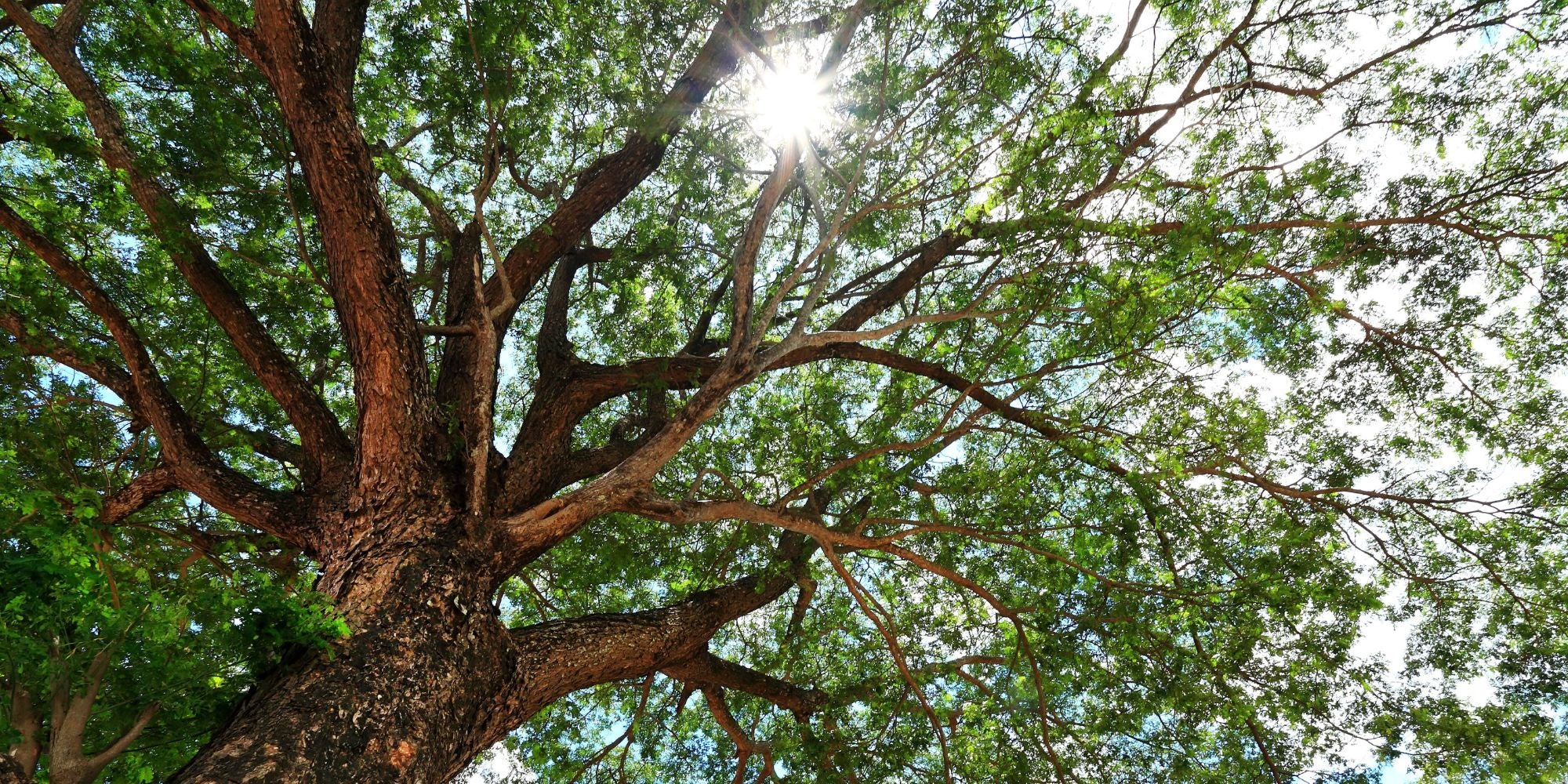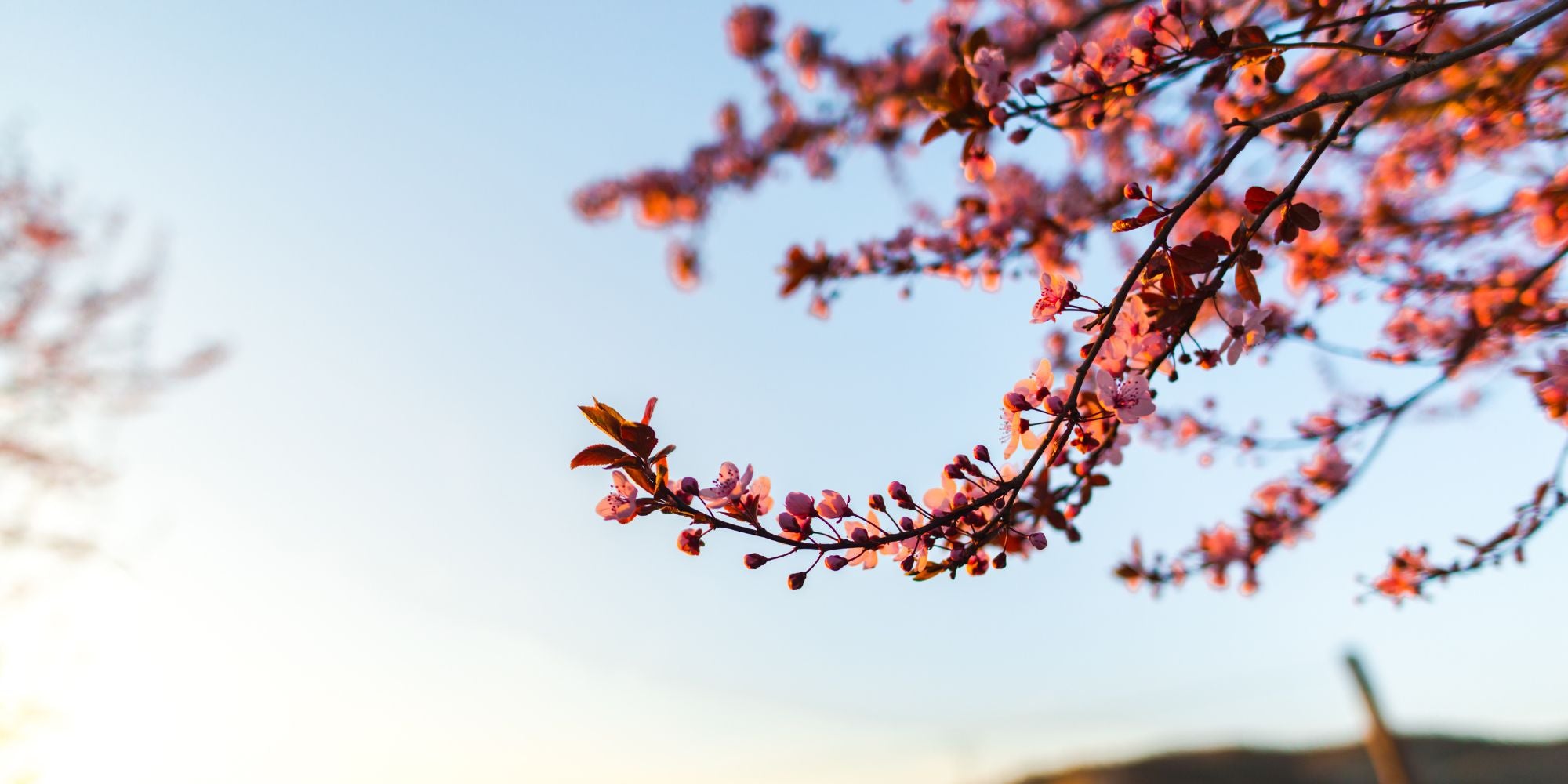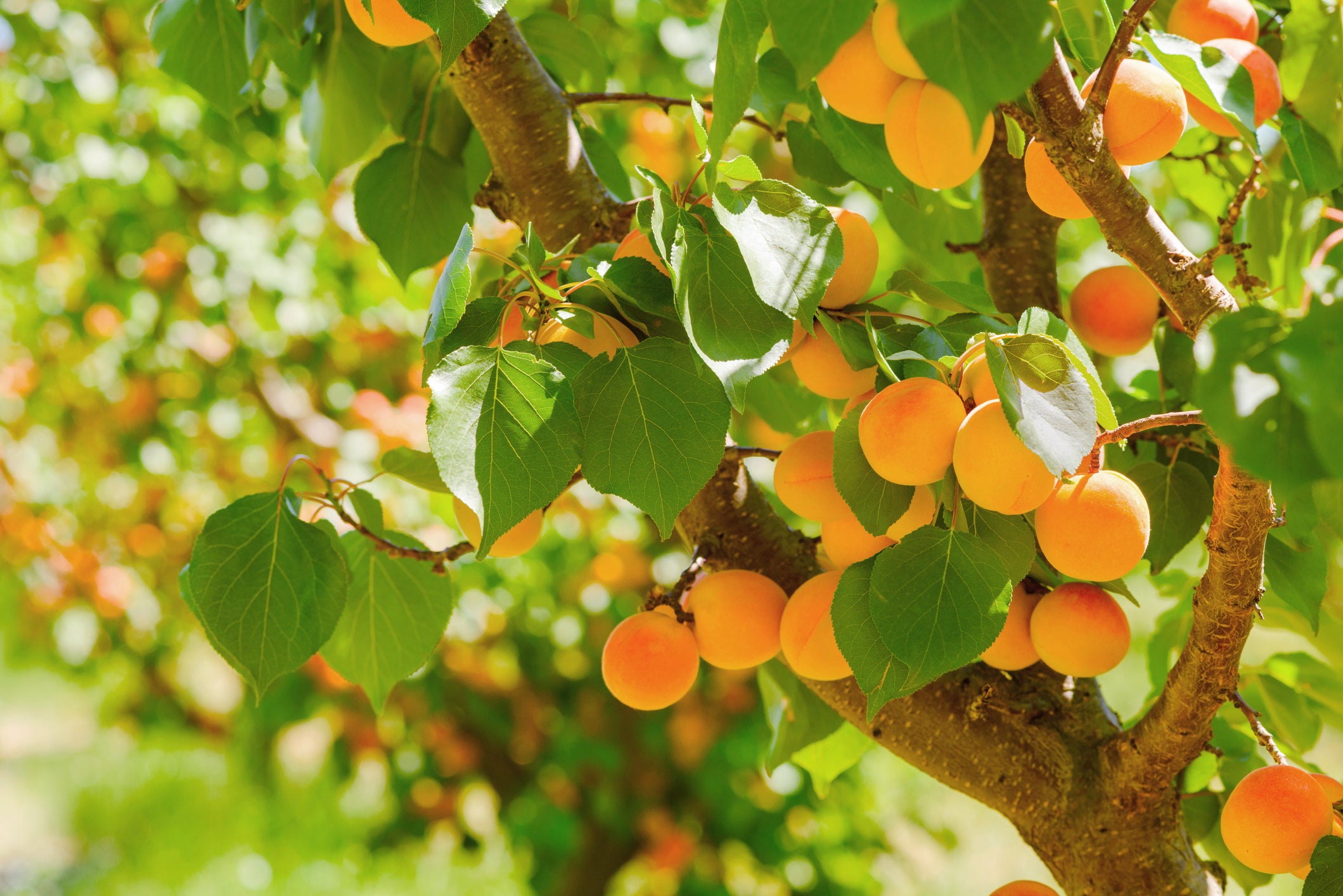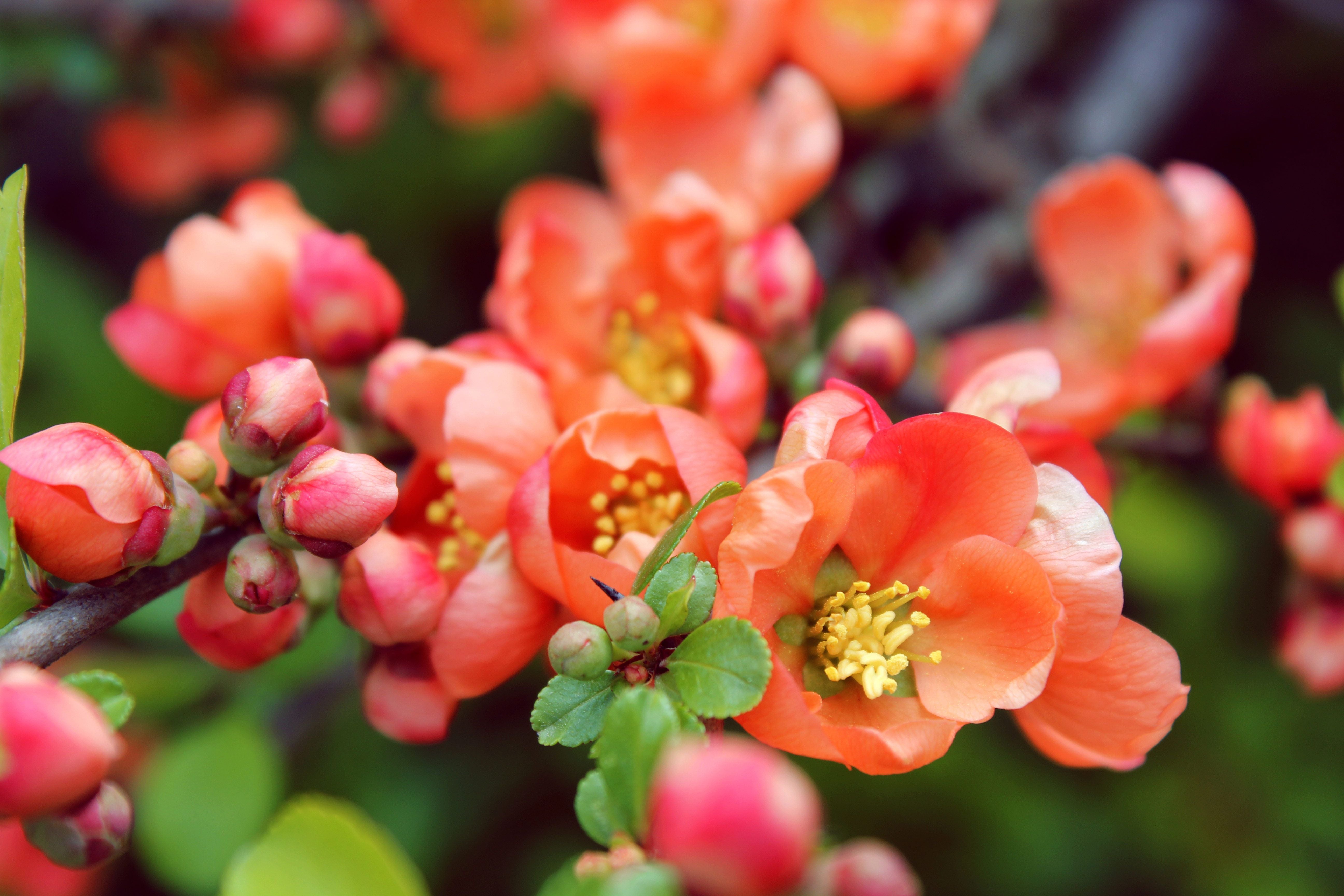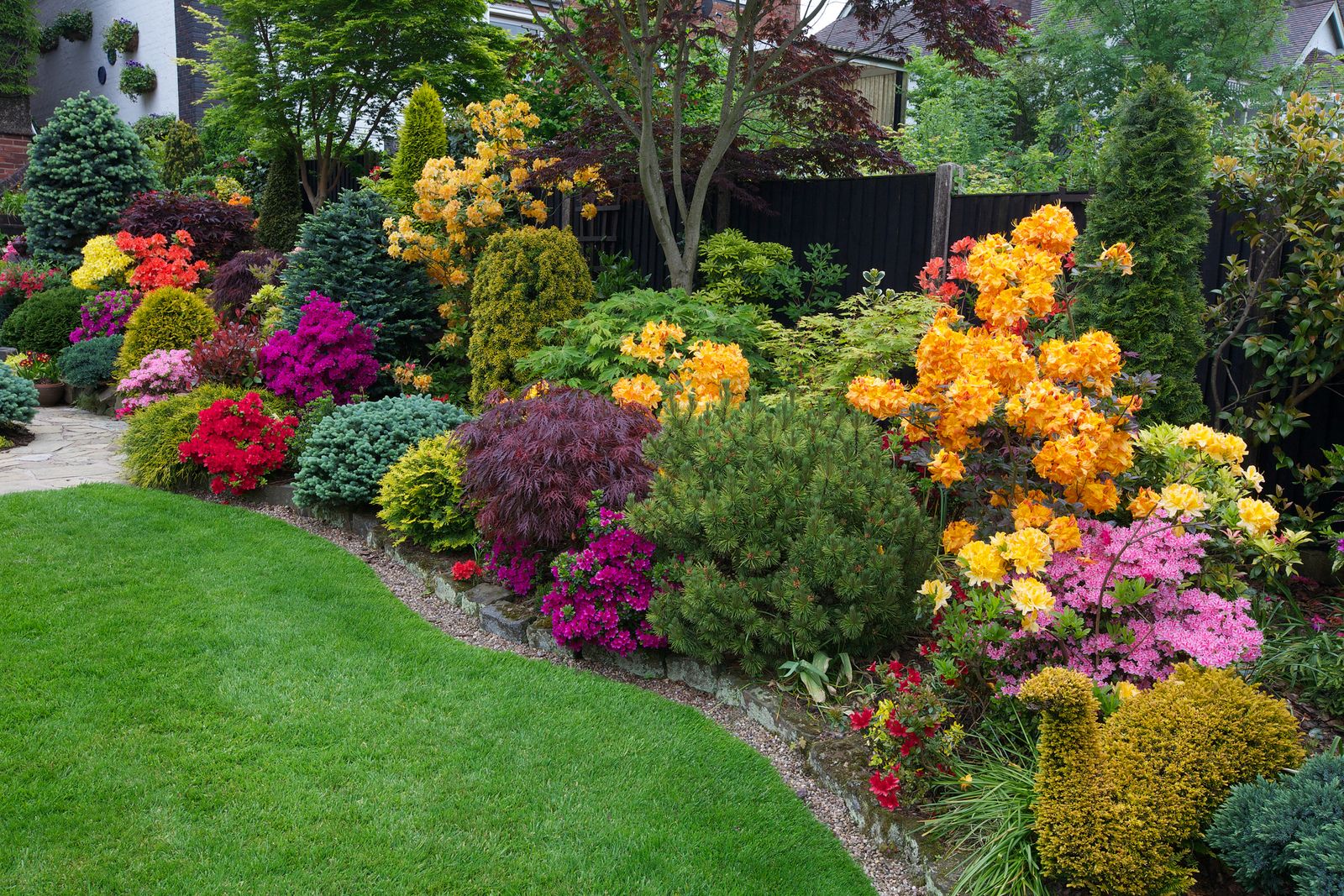A Simple Guide To Planting And Growing Plum Trees

Plum trees offer a delightful blend of ornamental beauty and practical benefits in any garden. With their plentiful and delicious fruits, they are a favorite among both novice and seasoned gardeners. This guide on growing plum trees will walk you through the essential steps of planting and nurturing these trees to ensure a bountiful harvest.
Choosing the Right Variety
The first step in growing plum trees successfully is selecting the right variety for your climate and needs. Different varieties thrive under different climatic conditions. It is crucial to choose a type that suits your local weather and soil conditions.
Plum trees are broadly categorized into Japanese, European, and American hybrids. Japanese varieties, like the Methley or Satsuma, are suited for warmer climates, while European types such as the Victoria or Damson thrive in slightly cooler conditions. American plum hybrids are extremely hardy and can withstand very cold winters.
Best Planting Time
The ideal time to plant plum trees is during their dormancy in late winter or early spring. This timing helps the trees establish themselves before the stress of the growing season. Planting during dormancy minimizes transplant shock and encourages healthy root development.
Ensure that the ground is not frozen or waterlogged at the time of planting. If you are unable to plant immediately after purchasing, keep the trees in a sheltered area and ensure the roots remain moist.
Site Preparation and Planting
Select a planting site that receives at least six hours of sunlight daily and has well-draining soil. Prepare the soil by mixing in organic compost to enrich it, which will support healthy growth. The site should be clear of any weeds and have ample space for the tree's maturity.
When planting, dig a hole that is twice as wide and just as deep as the root ball of your plum tree. Place the tree gently into the hole, ensuring that the root collar remains above ground level. Backfill the hole with a mixture of native soil and compost, and water thoroughly to settle the roots.
Ongoing Care and Maintenance
Regular watering is essential, especially during the first few years of growth. Establish a routine that keeps the soil moist but not waterlogged. A mulch layer around the base can help retain moisture and suppress weeds.
Pruning should be done early in the spring to shape the tree and remove any dead or diseased wood. This helps to improve air circulation and light penetration, which are crucial for the health of the tree and quality of the fruit. Be cautious with pruning to avoid over-cutting, as this can reduce the upcoming season's fruit yield.
Fertilizing and Pest Management
Fertilize your plum trees early in the spring with a balanced fertilizer to promote healthy growth and fruit production. Do not fertilize late in the season, as this can stimulate new growth that will not have time to harden off before winter. Use organic options whenever possible to maintain soil health and minimize environmental impact.
Monitor for pests and diseases regularly. Treat infestations early with appropriate organic pesticides or introduce natural predators into your garden. Maintaining a clean and healthy environment around your trees is key to preventing most common issues.
Harvesting Your Plums
The timing of your harvest will depend on the variety of plum tree you have planted. Generally, plums are ready to pick when they come off the branch with a gentle twist and have a slight give when gently squeezed. Harvesting at the right time ensures the best flavor and texture.
Store plums in a cool, dry place if not consumed immediately. They can also be preserved by canning, freezing, or drying to enjoy your harvest throughout the year.
Pollination Considerations
To ensure a good crop of plums, understanding the pollination requirements of your chosen variety is critical. Most plum trees are not self-pollinating and will need a companion tree for cross-pollination. Make sure the varieties are compatible for this purpose.
Planting more than one type of plum tree not only increases pollination rates but also extends the harvesting period. If space is limited, look for varieties that are known to be self-fertile, which can produce fruit without a pollinator. Always check the pollination group of your plum tree to match it with an appropriate partner.


